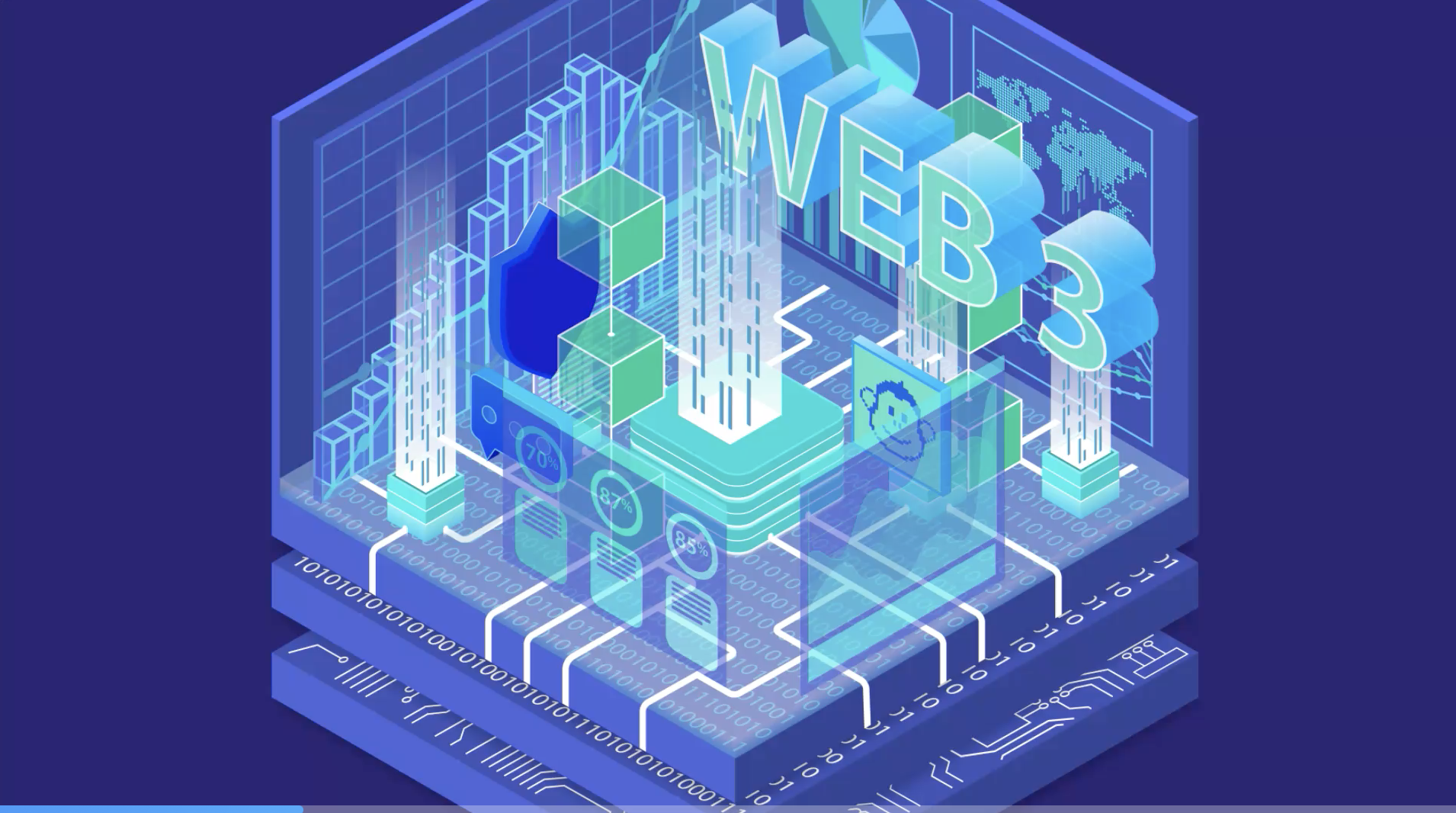Nadeem here, and in this article, we will discuss hyperchains and how they may be the answer to our scalability trilemma.
A hyperchain is an emerging technology poised to resolve a fundamental limitation in blockchain by boosting speed and scalability without sacrificing security or decentralization.
But before diving deeper, we will look closer at the scalability trilemma while discussing Layer 1 and sidechain solutions.
This will give you a clear picture of where hyperchain technology stands among existing solutions and what makes it unique.
Let's get right into it.
The Scalability Trilemma
In recent years, the blockchain trilemma has become a frustrating pain point for developers and users.
The trilemma demands that among a blockchain's most crucial elements, security, decentralization, and scalability, one be sacrificed so the other two remain robust.
In simple terms, the reason is that if decentralization is prioritized, scalability may be reduced as the chain operates along an increasingly complex network with a low block storage capacity of 1MB.

On the other hand, if scalability is prioritized and block capacity is boosted, the network becomes less decentralized and possibly less secure.
This, however, is seen as an unsatisfactory compromise by a community that demands all three elements remain robust.
And so, developers have been working tirelessly, seeking a solution that combines all elements as best as possible.
Today's Scalability Solutions
Several approaches have emerged to address the scalability trilemma, such as sidechains, Layer 2 solutions, and an entirely new Layer 1 chain engineered to handle high throughput.
Layer 1 Solutions
An example of a Layer 1 chain built primarily to process greater transactions per second and boost scalability potential is Bitcoin's fork chain, Bitcoin Cash.
Bitcoin Cash is a layer 1 derivative based on the Bitcoin blockchain. It was created after the infamous Bitcoin fork of August 2017 and emerged due to a great dispute between key developers around Bitcoin's future.
Enthusiasts supported a network where scalability was prioritized, while loyalists insisted that Bitcoin remain true to Satoshi Nakamoto's vision of a fully decentralized network.
And so, instead of altering Bitcoin, an entirely new blockchain called Bitcoin Cash was created. Bitcoin Cash has far greater transaction processing and higher throughput capabilities than its notorious cousin.
However, while Bitcoin Cash is built on the same blockchain and inherited its consensus protocol from Bitcoin, there is a greater risk of hacks and security breaches due to high transaction speeds and less mining power to overlook and validate the network.

This is a serious problem because a Blockchain's key appeal is its decentralization and security capabilities, rather than its scalability.
As a result, Bitcoin Cash failed to meet expectations with low adoption reaching a market cap of only 2.8 Billion USD; a mere fraction of Bitcoin's 366 Billion USD.
And so, this Layer 1 solution experiment is regarded as an inadequate long-term fix.
Now let's examine sidechain solutions and where they currently stand.
Sidechain Solutions
Sidechains are entirely separate blockchains linked to a parent blockchain through a two-way bridge. This makes the chains highly interoperable; capable of transferring assets back and forth.
Sidechains work parallel to the main chain and are built to offload a large portion of their parent blockchain's workload to free up block space; allowing it to process more transactions per second.
While these benefits boost scalability and throughput, sidechains pose significant drawbacks to security and decentralization.
This is because sidechains are independent chains with their own protocols and development roadmaps.
They do not inherit their parent blockchain's consensus mechanisms and thus can't benefit from their security guarantees.
For example, a parallel side chain to the Ethereum network will not leverage Ethereum's notoriously robust security properties.
And so, once again, security is sacrificed to achieve scalability. Having said that, it's important to note that sidechains are still very much an evolving technology with great potential to improve.
However, for now, it's simply not good enough.
Enter Hyperchains, An Emerging Layer 2 Solution
Layer 2 solutions work similarly to sidechains, offloading work from a mainchain to make it more scalable.
However, unlike sidechains, Layer 2 solutions are not separate blockchains but instead secondary frameworks that operate right on top of Layer 1 chains like Ethereum and Bitcoin.
This means they inherit the security robustness of the main chain without reducing decentralization. And so, when leveraging Layer 2, decentralization and security are not sacrificed for scalability.
While there exist quite a few Layer 2 solutions, we'll spend the rest of this article focusing on hyperchains and their ability as a Layer 2 solution to preserve all three elements of a successful blockchain.
So what are Hyperchains?
Developed by the Hiro team, hyperchains are a scaling solution for Stacks, the largest open-source network of dApps and smart contracts on the Bitcoin blockchain.
Hyperchains operate as a scalability layer designed for flexibility. It offers developers room to experiment as they strive towards maximizing processing power for the Stacks network.
Unlike most scalability solutions we discussed, several hyperchains with varying levels of decentralization and throughput can coexist simultaneously on a chain.
This means that each hyperchain can execute different consensus rules to suit different use cases.

This allows users the freedom to transact through a hyperchain that best suits their needs.
For example, a user making a large purchase for say, a vehicle or a home, may opt for a hyperchain with greater security and low processing speed.
Meanwhile, a user purchasing a Mars bar will likely opt for a hyperchain that prioritizes greater processing speeds at the cost of reduced security.
Best of all, hyperchains are plug-ins that users may or may not opt into. Leveraging them is entirely up to the end user at the point of transaction.
Conclusion
As we discussed, current solutions to the scalability trilemma are inadequate because they continue to trade off decentralization and security for scalability.
Hyperchains eliminate the scalability trilemma by allowing users to transact through a hyperchain that best suits their needs.
Through hyperchain technology, each transaction is funneled through a protocol-specific hyperchain best suited to handle a particular transaction.
And so, from a user's perspective, as long as each transaction is optimally executed through a hyperchain, that is to say, greater decentralization and security for high-value transactions and greater throughput for lower-value ones, the trilemma becomes a non-issue.
Hyperchains are currently only compatible with the Stacks blockchain.
However, as the technology evolves and achieves its technical objectives, there's no doubt that it will become a mainstream solution for most blockchains to adopt.
